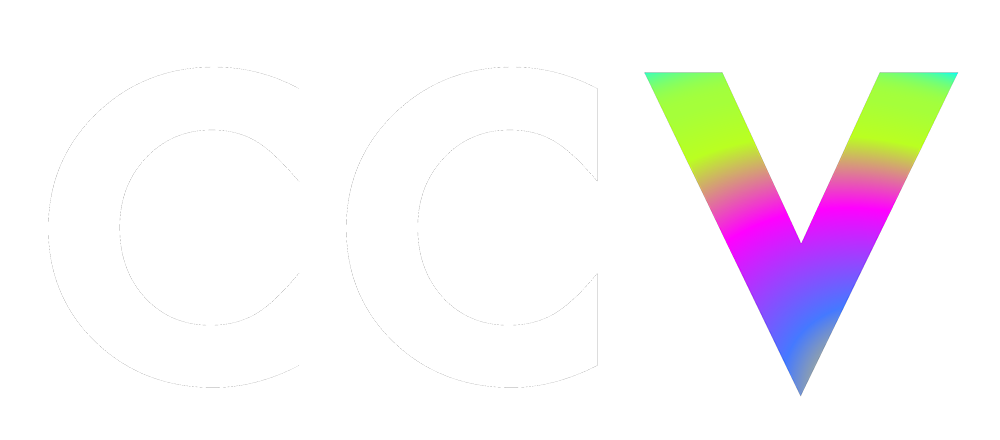ccv is currently being developed by caltech's thomson lab, with the goal of creating
a light-weight flexible modular environment, capable of driving, monitoring, and enabling
exploration of complex codes. ccv was designed around caltech/thomsonlab's popalign cell analysis python
suite, though it can easily be extended to any other field with simmilar requirements.
downloading
ccv is available via github. the server is python based, while the client is javascript.
a central script --and other tools-- are also provided to quickly launch server a client
from a simple/single command.
| login | work canvas |
|---|
 |
 |
extending server
extending ccv server side capabilities can be done in two ways. the first is
by simply adding new actions capable of reading/accessing, processing, and
serving/storing data, or by wrapping a set of tools (such as PopALIGN or
ImageMagick) and making them accessible to the front end.
method 1: new action
to create a new action you must perform 3 steps. (1) registering the action,
(2) importing the action code/module, (3) calling the action when needed.
# ccv_****_********
method 2: new tool set
importing a new toolset is similar to importing a single action, except
that it is better to manage all calls to that module from a center manager
or concierge. PopALIGN and ImageMagick toolsets are a great example how
these can be used.
# ccvToolConcierge::ImageMagick
team
santiago lombeyda
| lead, design, server code, client code, site
matt thomson
| project manager
sisi chen
| case study subject expert
paul rivaud
| popalign development
david brown
| scrapp development
suppport
initial explorations funded by Amgen
development funded by the Chen Zuckerberg Initiative









